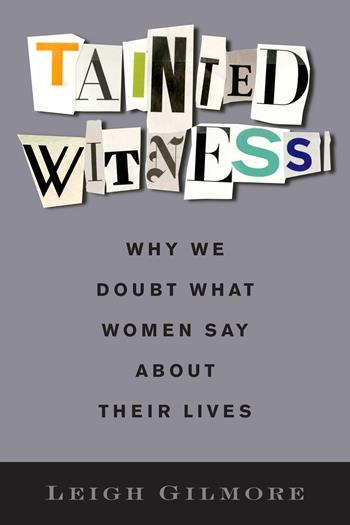Interview with Genny Beemyn and Susan R. Rankin, Authors of The Lives of Transgender People
The following is an interview with Genny Beemyn and Susan R. Rankin, authors of The Lives of Transgender People.
Sunday, November 20th is the Transgender Day of Remembrance, a day to memorialize those who have been killed because of their gender identity.
Question: You asked close to 3,500 transgender people about their lives for the book. What were some of your major findings?
Genny Beemyn: In our work as college administrators and educators, Sue and I have long recognized that younger trans people name and express their identities in myriad ways beyond a gender binary. The book confirms the tremendous diversity of transgender communities. Asked to name their gender identities, the participants provided more than 100 different responses, including a number of individuals who said that there was no easy definition for themselves. When you consider that most forms ask people to choose between M and F, this finding demonstrates just how ridiculous and insulting it is to treat gender as binary.
Another interesting aspect of how people described themselves was the number of participants who had fully transitioned and no longer identified as transgender. But they still consider themselves to be part of the transgender movement because of their pasts and because they recognize the need to change attitudes toward transgender people. The extent of this phenomenon is new. In the past, most transsexual individuals who could disappear into society did so to avoid discrimination and simply to live as the gender they had long known themselves to be. The progress that the transgender movement has made in recent years is due in part to transsexual women and men being out and being proud of their gendered lives.
Q: The release of the book coincides with the Transgender Day of Remembrance, an annual event to recognize the many people who are murdered because of their gender identity or expression. What does your research indicate about the climate for transgender people? Is it getting any better?
Sue Rankin: For some trans people, especially some young people, it has gotten better in recent years, as the concept of transgender becomes less foreign in society and as more trans people are coming out. But, for many of the book’s participants, discrimination, or attempts to avoid discrimination through not being out, is their everyday reality. More than one-fourth of the individuals we surveyed indicated that they had experienced anti-transgender harassment or violence within the past year, and a majority indicated that they feared for their physical safety because of their gender identity or expression. The climate for trans people of color and trans women who were readily read as transgender was significantly worse. They experienced higher rates of discrimination, including a much greater level of violence. This finding is borne out by the Day of Remembrance, where each year most of the individuals memorialized are trans women of color.
Q: Your concluding chapter addresses the implications of your work for higher education. What are some of these implications?
Genny Beemyn: Colleges and universities have been largely unprepared to meet the needs of transgender students, so now are scrambling to provide support services and to create more inclusive policies and practices for a growing number of gender nonconforming students. Campuses are adding “gender identity and expression” to their nondiscrimination policies; creating gender-inclusive bathrooms, locker rooms, and housing options; providing a means for transgender students who have not legally changed their names to use a preferred name on public records and documents; and covering hormones and surgeries for transitioning students as part of student health insurance.
While these are critical steps, the changes cannot end here. Having a process whereby students can change the male/female designation on their college records, for example, is of little value to gender nonconforming students who fit into neither box. Gender-segregated co-curricular activities (e.g., fraternities, sororities, and athletic teams) and “women’s” health and support services likewise ignore and exclude the growing number of genderqueer and androgynous students. Colleges and universities, like the larger society, must move beyond a binary gender system and recognize that gender is bound only by the limits of people’s spirits.



